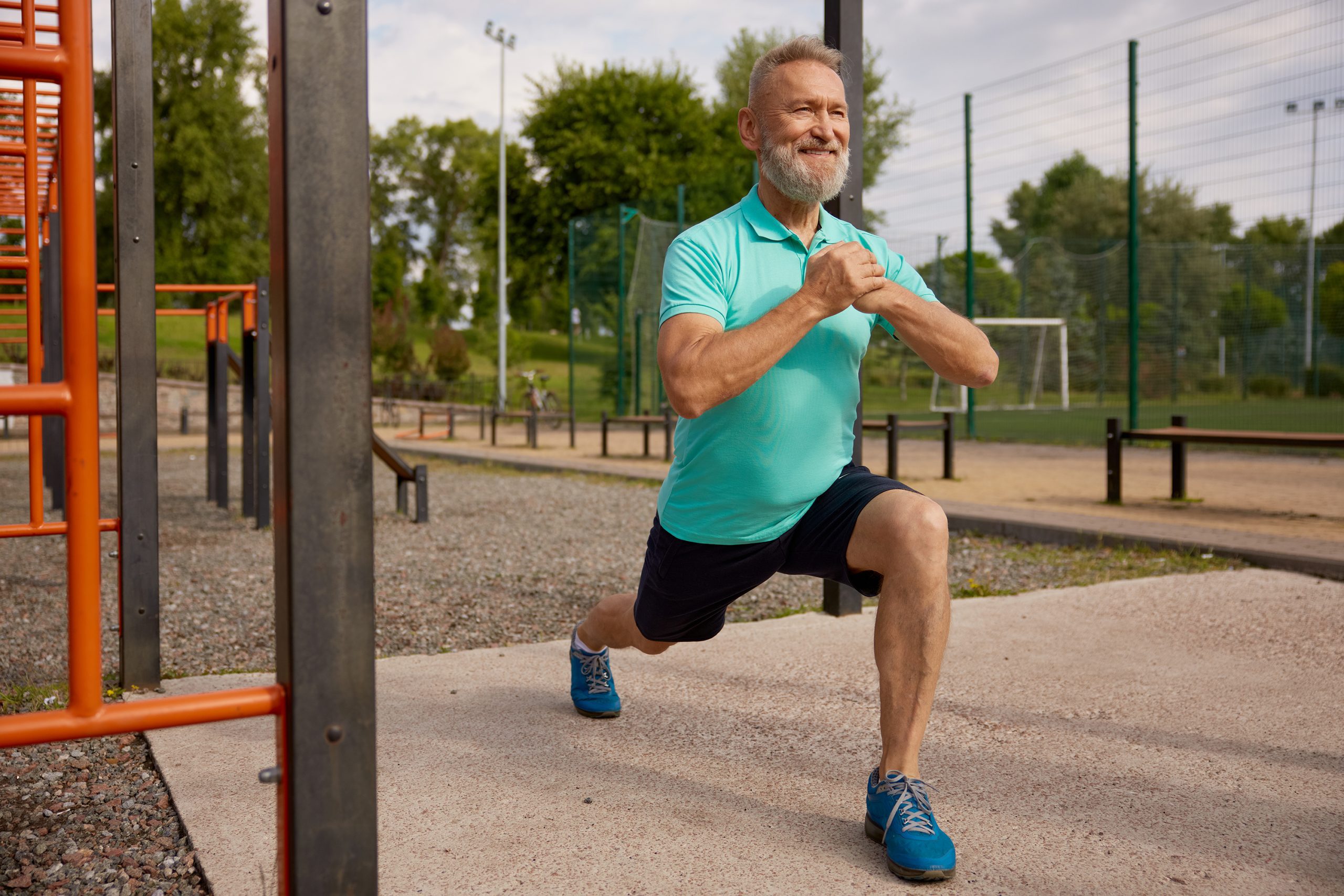Joint replacement surgery can be a life-changing procedure, offering relief from pain and improved mobility. However, getting back to exercise after joint replacement requires careful planning and consideration to ensure a successful recovery. In this guide, we’ll explore the steps and strategies for safely resuming physical activity after joint replacement surgery.
Before delving into exercise post-joint replacement, it’s crucial to understand the surgery itself. Joint replacement, whether it’s the hip, knee, or shoulder, involves replacing damaged or diseased parts of a joint with prosthetic components. This procedure aims to reduce pain, improve function, and enhance quality of life. Recovery times vary depending on factors like the type of surgery, overall health, and commitment to rehabilitation.
- Start Slow: After getting the green light from your healthcare provider, it’s time to ease back into exercise. Start slow and gradually increase the intensity and duration of your workouts. Begin with gentle movements and low-impact activities to avoid putting too much strain on your new joint.
- Range of Motion Exercises: Range of motion exercises are crucial for maintaining flexibility and preventing stiffness after joint replacement surgery. These exercises involve gentle stretches that help restore movement to the joint. Work with your physical therapist to develop a customized range of motion routine tailored to your specific needs.
- Strength Training: Building strength around the replaced joint is essential for stability and function. However, it’s essential to approach strength training with caution to avoid overloading the joint. Start with light resistance and focus on exercises that target the muscles surrounding the joint, such as leg lifts, hip abductions, and calf raises.
- Low-Impact Cardio: Cardiovascular exercise is beneficial for overall health and well-being, but it’s crucial to choose activities that are gentle on the joints. Low-impact exercises like walking, swimming, cycling, and using the elliptical machine are excellent choices for joint replacement patients. Gradually increase the duration and intensity of your cardio workouts as your strength and endurance improve.
- Balance and Stability Exercises: Improving balance and stability is essential for preventing falls and reducing the risk of injury after joint replacement surgery. Incorporate exercises that challenge your balance, such as standing on one leg, using a balance board, or performing tai chi or yoga poses. These exercises not only enhance stability but also promote coordination and proprioception.
- Listen to Your Body: One of the most important aspects of returning to exercise after joint replacement is listening to your body. Pay attention to any pain, discomfort, or swelling during and after exercise. If you experience any unusual symptoms, stop and consult your healthcare provider. Pushing through pain can lead to further injury and setbacks in your recovery.
- Manage Expectations: It’s essential to manage your expectations when returning to exercise after joint replacement surgery. While you may be eager to regain your pre-surgery fitness level, it’s essential to be patient and realistic about your progress. Recovery takes time, and it’s normal to experience setbacks along the way. Focus on gradual improvement and celebrate small victories along the journey.
- Incorporate Variety: To keep your workouts interesting and effective, incorporate a variety of exercises into your routine. Mix up your strength training, cardio, and flexibility exercises to target different muscle groups and prevent boredom. Try new activities and classes to stay motivated and engaged in your fitness journey.
- Use Proper Form: Proper form is crucial when exercising after joint replacement surgery to prevent injury and ensure maximum benefit. Pay attention to your alignment and technique during each exercise, and don’t hesitate to ask for guidance from a qualified fitness professional if needed. Using proper form will help you get the most out of your workouts while minimizing the risk of complications.
- Stay Consistent: Consistency is key when it comes to recovering from joint replacement surgery and getting back to exercise. Make exercise a regular part of your routine, aiming for at least 30 minutes of moderate-intensity activity most days of the week. Consistency will help you build strength, improve flexibility, and regain confidence in your new joint.
- Set Realistic Goals: Setting realistic goals can help keep you motivated and focused on your recovery progress. Whether it’s walking a certain distance, lifting a specific weight, or participating in a fitness event, setting achievable goals gives you something to work towards. Break larger goals into smaller, manageable milestones, and celebrate your achievements along the way.
- Stay Positive: Recovering from joint replacement surgery can be challenging, both physically and emotionally. Stay positive and maintain a hopeful outlook as you progress through your rehabilitation journey. Surround yourself with supportive friends, family, and healthcare professionals who can offer encouragement and guidance along the way.
Returning to exercise after joint replacement surgery requires patience, dedication, and careful planning. By following these guidelines and working closely with your healthcare team, you can safely and effectively rebuild strength, improve flexibility, and regain function in your new joint. Remember to start slow, listen to your body, and celebrate your progress every step of the way. With time and effort, you can get back to doing the activities you love and enjoy a fulfilling, active lifestyle post-surgery.
To learn more about our A.V.A.T.A.R. program, here.
To see what past patients are saying, visit our YouTube channel.















